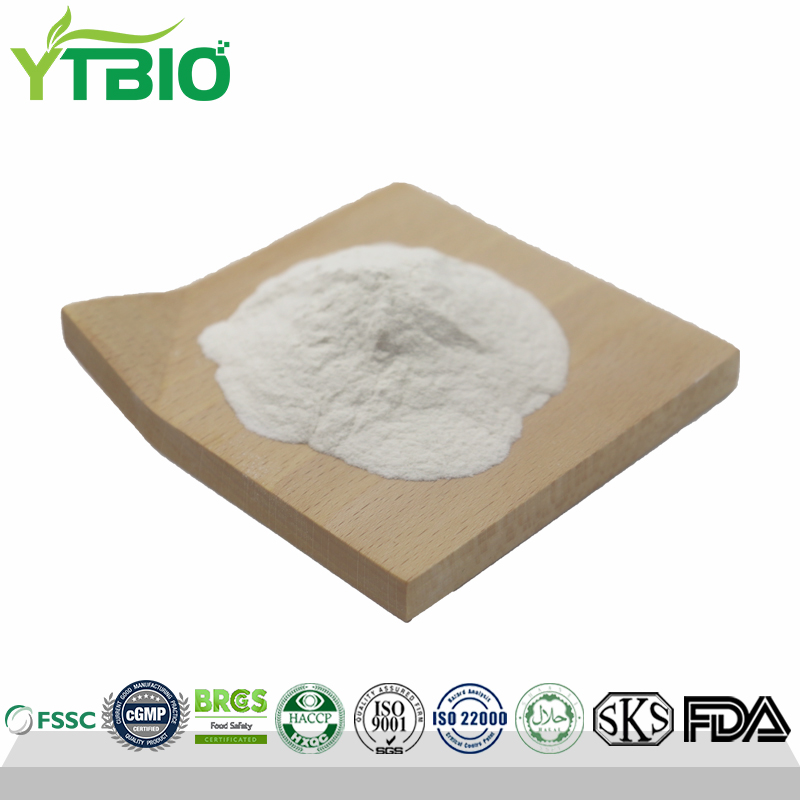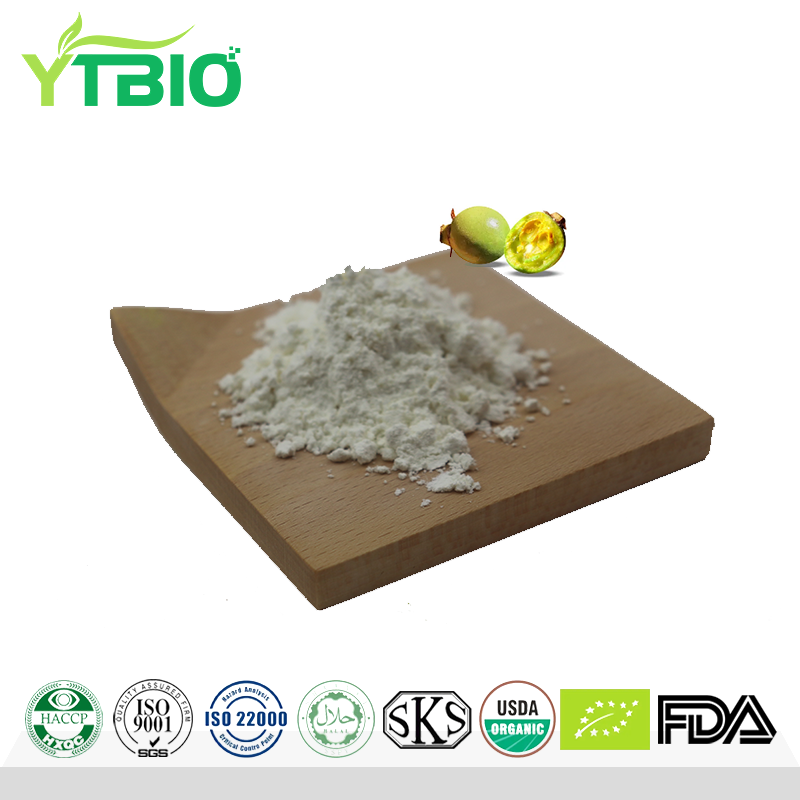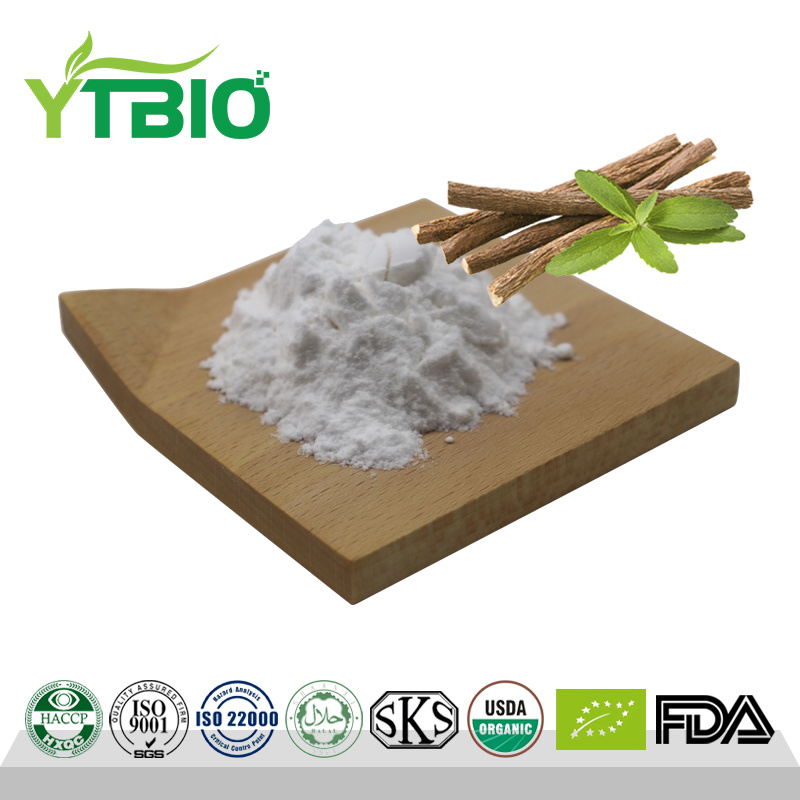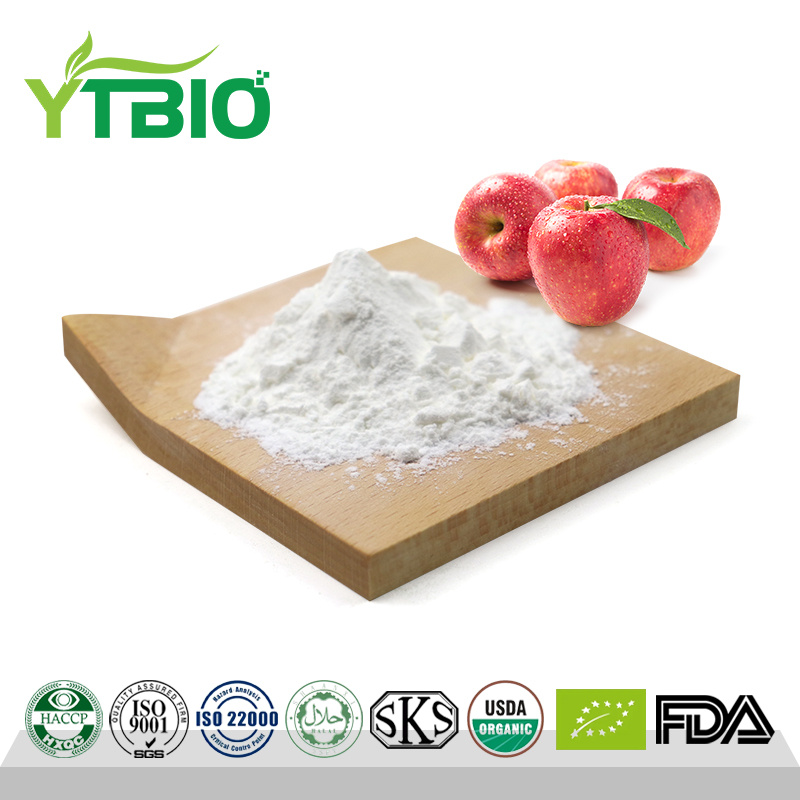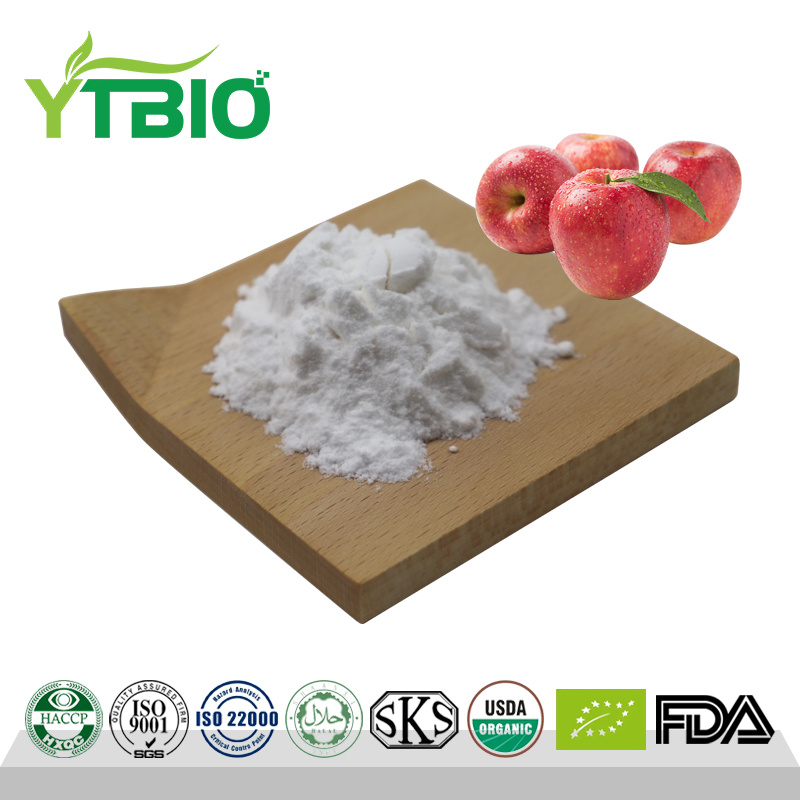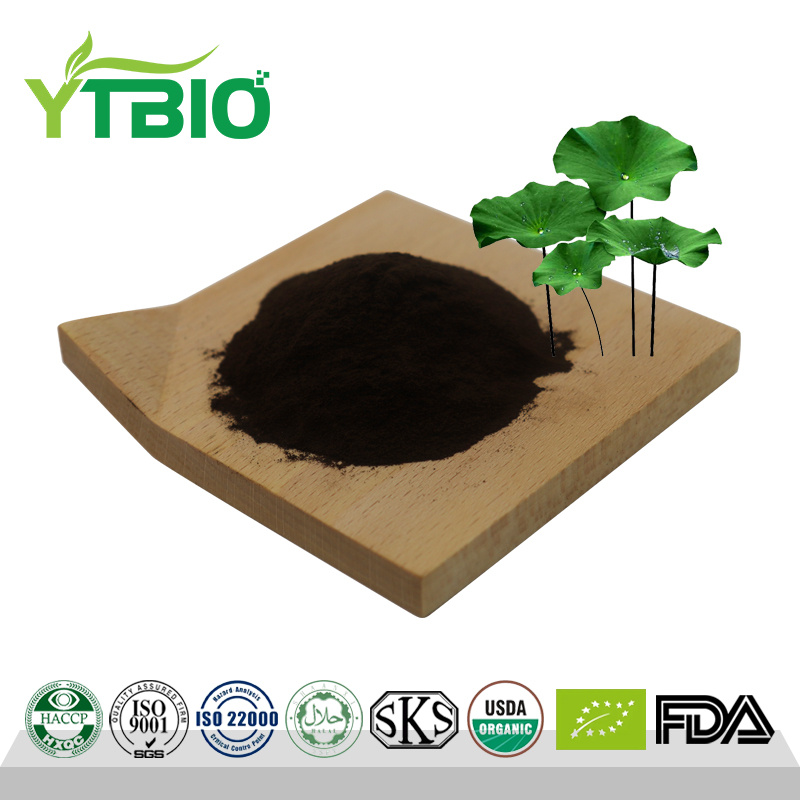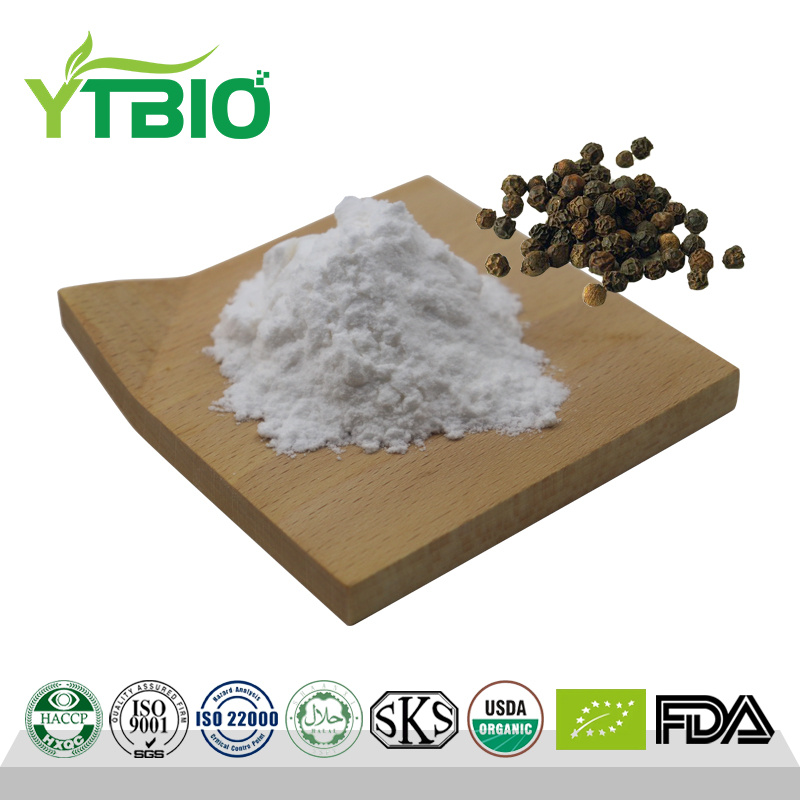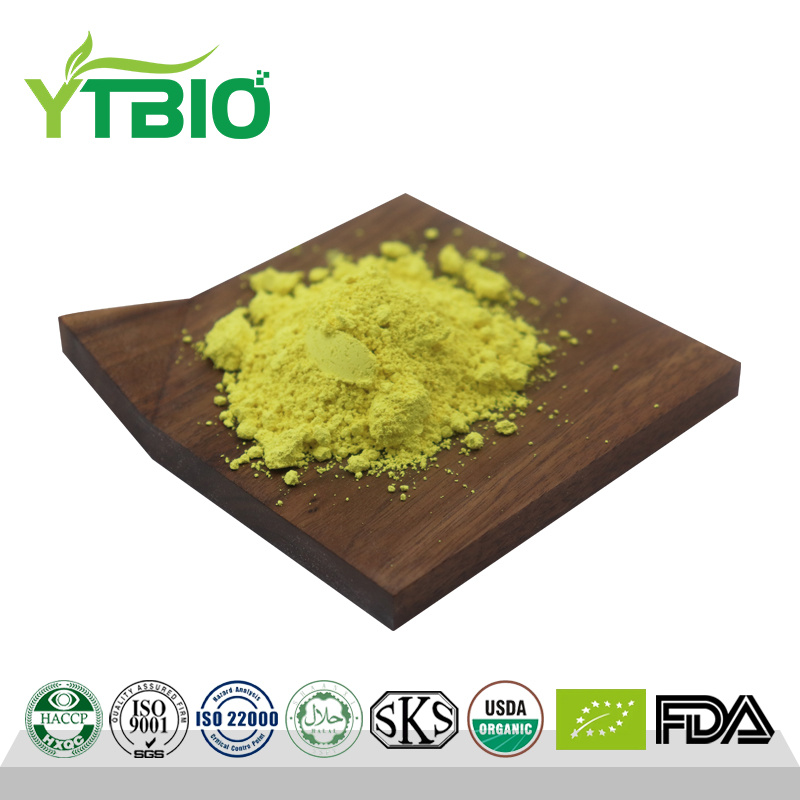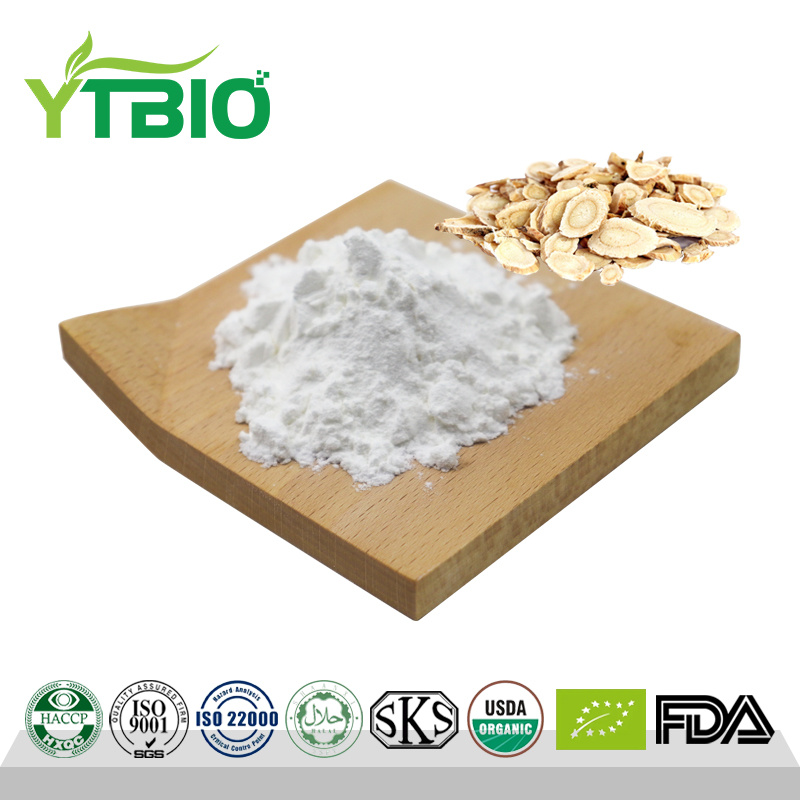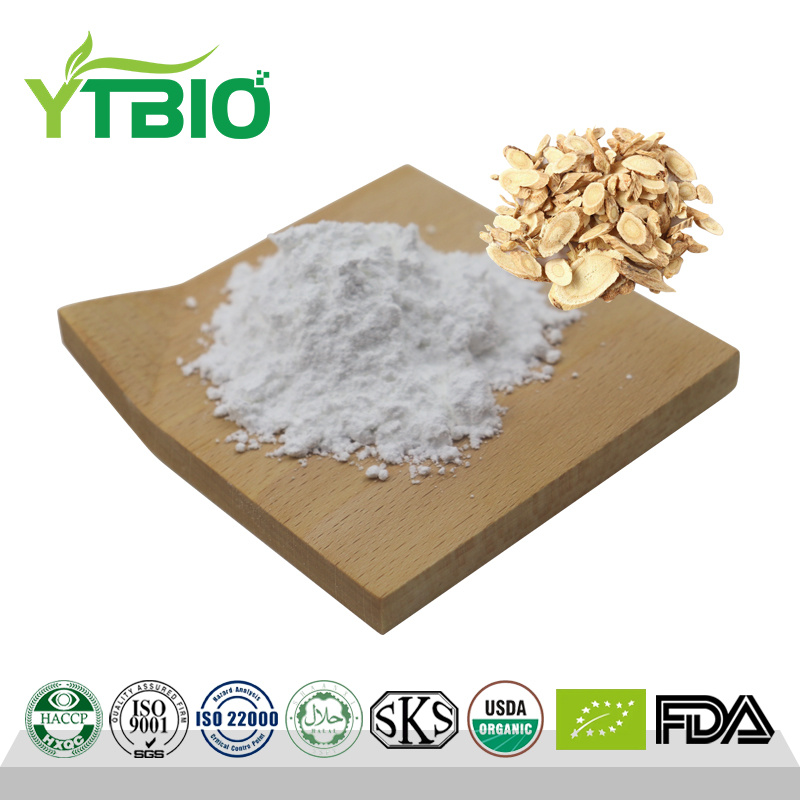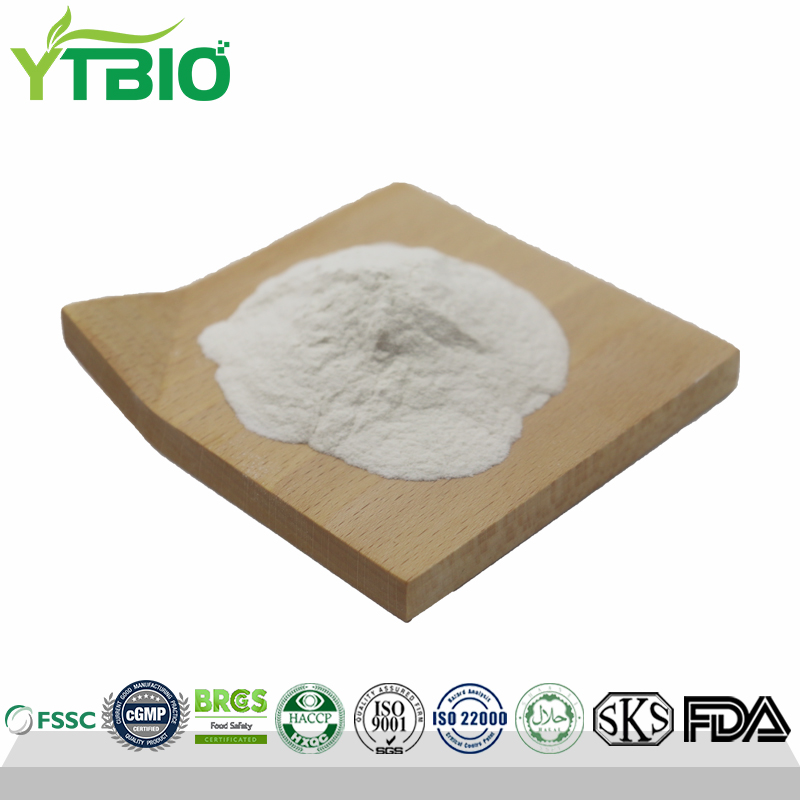Pure 98% Lactase Powder
Introduction and characteristics of Lactase
Lactase, also known as β-galactosidase, is a digestive enzyme secreted by the brush border of small intestinal epithelial cells. The main function of lactase is to digest lactose and hydrolyze lactose into galactose and glucose that can be absorbed by the human body. Glucose is the energy source for metabolism in various parts of the human body, and galactose is a structural sugar necessary for the metabolism of the human brain and mucosal tissue. It is a necessary tissue for the brain development of infants and young children and is closely related to the rapid growth of the infant brain. In addition, lactase can also generate oligosaccharides through transglycosidation in the human body. These oligosaccharides are a low molecular weight, non-viscous water-soluble dietary fiber. It is used as a proliferation factor in the intestine only by bifidobacteria# but not by spoilage bacteria, which can greatly reduce the production of harmful toxins in the intestine and plays an important role in preventing constipation and diarrhea.
Characteristics
● Stability: It has a certain stability to heat, acid, alkali, etc., but high temperature, strong acid or strong alkali environment may reduce its activity or inactivate it. Generally speaking, lactase is more stable in a neutral or slightly acidic environment.
● Enzyme activity: It has the activity of catalyzing the hydrolysis of lactose and can decompose lactose into glucose and galactose. These two monosaccharides are nutrients that can be directly absorbed by the human body and provide energy for the body.
● Wide sources: Lactase is widely present in animals, plants and microorganisms. In the human body, lactase is mainly present in the brush border cells of the small intestinal mucosa. In industrial production, commonly used sources of lactase include microorganisms such as Escherichia coli, yeast, and mold.
Mechanism of action of Lactase
Decomposition of lactose
Lactose is a disaccharide that is widely present in milk and dairy products. The structure of lactase has a highly specific fit with the lactose molecule. When lactose enters the small intestine, lactase combines with the lactose molecule and breaks the glycosidic bond in the lactose molecule through a specific chemical reaction, decomposing it into glucose and galactose. This process ensures the effective digestion and absorption of lactose.
Maintain osmotic pressure balance
The process of lactase breaking down lactose maintains the normal osmotic pressure balance in the intestine, preventing the accumulation of undigested lactose in the intestine, causing a large amount of water to enter the intestine and cause diarrhea.
Health Benefits of lactase
Digesting lactose
Lactase can hydrolyze lactose into glucose and galactose. These two monosaccharides are more easily absorbed by the small intestine, thus entering the blood circulation and providing energy for the body. For infants and young children who rely on breast milk or milk powder as their main source of nutrition, lactase is one of the most important digestive enzymes in the body.
Promote brain development
Galactose is a structural sugar necessary for the metabolism of the brain and mucosal tissues, and is a nutrient required for the brain development of infants and young children. Lactase breaks down lactose into glucose and galactose, providing the necessary nutrients for the brain development of infants and young children.
Improve symptoms of lactose intolerance
Lactose intolerance is caused by the lack of lactase or reduced activity in the body, which leads to the inability to completely break down and absorb lactose, thereby accumulating in the intestine and causing a series of indigestion symptoms, such as bloating, diarrhea, abdominal pain, etc. Supplementing lactase can effectively relieve these symptoms and help lactose intolerant people digest and absorb lactose better.
Improve the absorption of nutrients
Lactase can enhance the permeability of small intestinal epithelial cells to nutrients such as calcium ions, thereby improving the body's absorption of calcium and other trace elements. This is very important for bone health and overall nutritional status.
Improve the balance of intestinal flora
The decomposition products produced by lactase through the breakdown of lactose can serve as a food source for probiotics, help maintain the balance of intestinal flora, and further promote intestinal health.
Application Of Lactase
Food
Low-lactose and lactose-free product production: Lactase is used to process milk and other dairy products to break down lactose into more digestible monosaccharides, thereby producing low-lactose or lactose-free products suitable for people with lactose intolerance.
Improve the taste and quality of dairy products: By converting lactose into more soluble monosaccharides, lactase can increase the sweetness of products such as ice cream and condensed milk, reduce the possibility of lactose crystallization, and improve the taste.
Production of prebiotics: Lactase is used to generate galacto-oligosaccharides (GOS) as prebiotics and added to food to promote intestinal health.
Cosmetics
Lactase is mainly used as a moisturizer in cosmetics, which can help the skin retain moisture, making the skin more moisturized and smooth. It is suitable for all skin types, including tolerant skin, oily skin, sensitive skin, etc.
Medicine
Treatment of lactose intolerance: It can be used to treat lactose intolerance, helping patients break down lactose after consuming dairy products and reducing gastrointestinal discomfort.
Special medical purpose formula food: Adding lactase to infant formula can prevent and treat infant lactose intolerance and ensure nutrient absorption.
Food
Low-lactose and lactose-free product production: Lactase is used to process milk and other dairy products to break down lactose into more digestible monosaccharides, thereby producing low-lactose or lactose-free products suitable for people with lactose intolerance.
Improve the taste and quality of dairy products: By converting lactose into more soluble monosaccharides, lactase can increase the sweetness of products such as ice cream and condensed milk, reduce the possibility of lactose crystallization, and improve the taste.
Production of prebiotics: Lactase is used to generate galacto-oligosaccharides (GOS) as prebiotics and added to food to promote intestinal health.
Cosmetics
Lactase is mainly used as a moisturizer in cosmetics, which can help the skin retain moisture, making the skin more moisturized and smooth. It is suitable for all skin types, including tolerant skin, oily skin, sensitive skin, etc.
Medicine
Treatment of lactose intolerance: It can be used to treat lactose intolerance, helping patients break down lactose after consuming dairy products and reducing gastrointestinal discomfort.
Special medical purpose formula food: Adding lactase to infant formula can prevent and treat infant lactose intolerance and ensure nutrient absorption.


